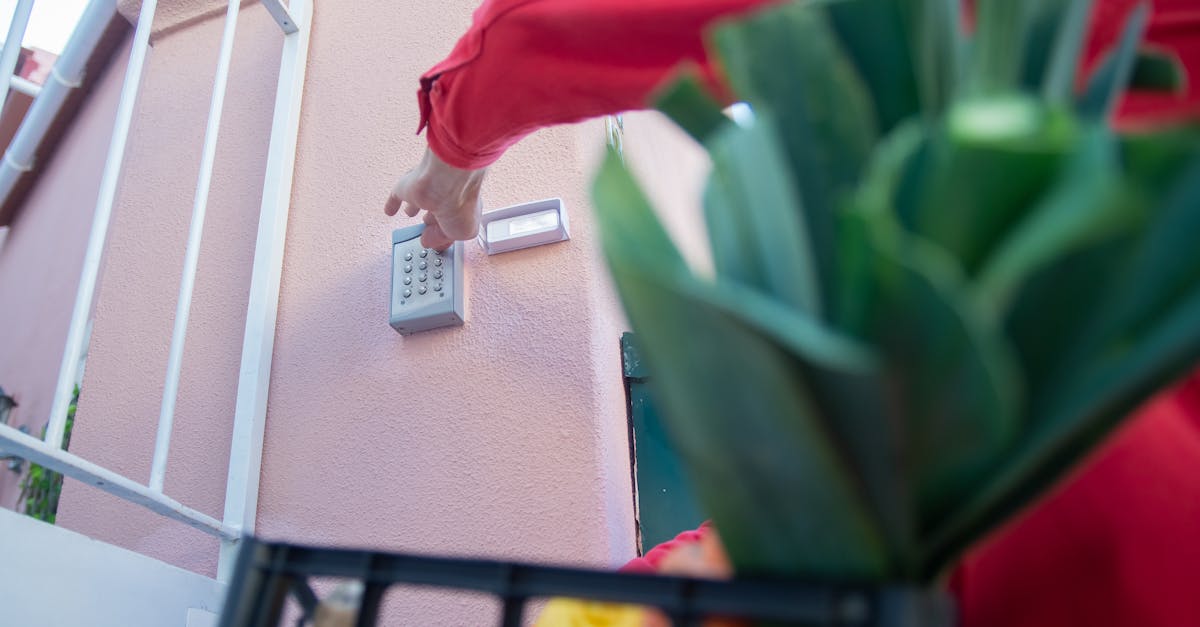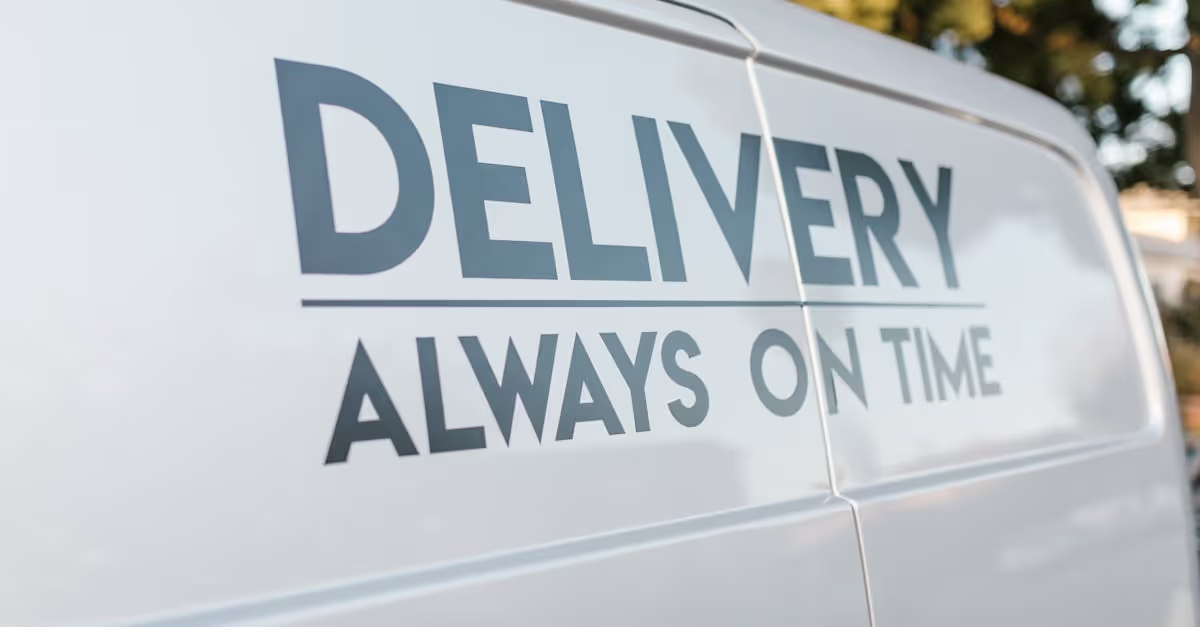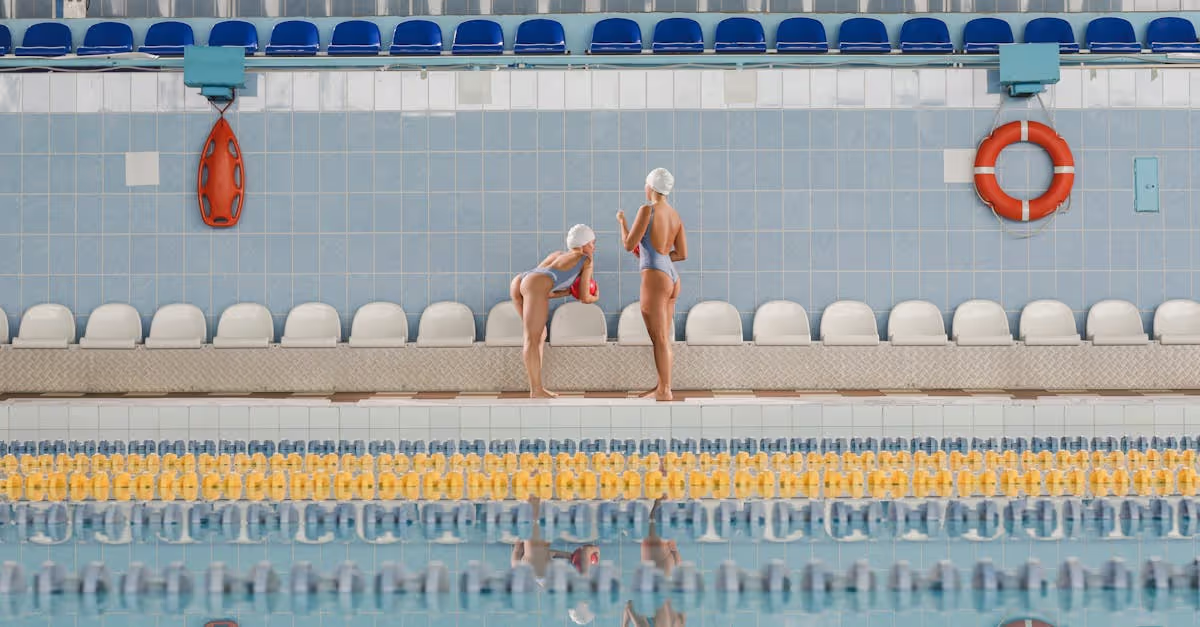Key Takeaways
- Importance of Pool Safety: Drowning is the leading cause of unintentional injury death among children ages 1 to 4, highlighting the critical need for enhanced safety measures in residential pools.
- Effective Fencing: Install fences at least 4 feet high with self-closing and self-latching gates to create a secure barrier that deters young children from accessing the pool area.
- Alarm Systems: Utilize pool alarms—surface, subsurface, and door alarms—to alert homeowners of potential dangers. Choose systems that integrate with smartphones for added peace of mind.
- Supervision: Always designate an adult "water watcher" to supervise children while swimming. This minimizes distractions and increases vigilance during pool activities.
- Regular Maintenance: Conduct routine checks of fencing, gates, and alarm systems to ensure they function properly. Address any damage or maintenance needs immediately to maintain a safe environment.
- Community Engagement: Foster awareness and responsibility by organizing community workshops or safety days, encouraging neighbors to share experiences and resources for pool safety.
Diving into a refreshing pool on a hot day is one of life’s simple pleasures. Yet, did you know that according to the CDC, drowning remains the leading cause of unintentional injury death for children ages 1 to 4? Ensuring safety in our residential pools is not just a good idea; it’s essential.
In this guide, we’ll explore effective strategies to create a secure swimming environment. From installing proper fencing to incorporating alarm systems, we’ll share actionable tips that can help prevent accidents and keep our loved ones safe. Together, let’s make our backyards a place for fun and relaxation without compromising safety.
Overview of Pool Safety
Pool safety represents a critical component of responsible homeownership. Every year, far too many tragic accidents occur, especially involving young children. As a community, we must prioritize how we manage our pools to create safe environments where families can enjoy sunny days without fear.
Effective strategies for safeguarding residential pools start with proper fencing. Fencing should be at least 4 feet high or taller to deter young children. Gates must be self-closing and self-latching, ensuring they remain securely shut. Inspect fences regularly for gaps or damage. If we find any, repairs should happen immediately.
Alarm systems also play a key role in pool safety. Installing pool alarms can alert us when someone enters the water. Some systems even notify our smartphones, adding an extra layer of oversight. Imagine enjoying a quiet evening when suddenly, our device alerts us to activity in the pool. Swift action can prevent a potential tragedy.
In addition to fences and alarms, supervision cannot be overlooked. Adult supervision should always be present when children swim. Designating a "water watcher" among parents can help maintain vigilance. This individual stays focused on the pool area, minimizing distractions such as phone use or chatting. We can prevent accidents by communicating and sharing the responsibility of supervision.
Aquatic education serves as another crucial element. Teaching children how to swim at an early age, alongside water safety skills, creates confident swimmers. Many local organizations offer swim lessons, making it easy for parents to enroll their children.
Thinking beyond our immediate family, we should also engage our neighbors and friends. Organizing community workshops on pool safety fosters better awareness. Sharing resources and experiences strengthens our collective efforts. Why not host a pool safety day? Invite neighbors over for a barbecue while discussing pool strategies. Everyone benefits from the knowledge gained.
While discussing pool safety, humor can lighten the atmosphere. Remember that time when a friend dove into the pool with a full set of clothes? We laughed and showed them how not to swim! Moments like these remind us that while safety is serious, enjoyment matters too.
Enhancing pool safety takes collaborative effort. Fencing, alarm systems, supervision, education, and community engagement allow us to create a safer swimming environment. By being proactive, we can ensure our backyards remain enjoyable spaces for everyone.
Importance of Safety in Residential Pools
Safety in residential pools is crucial for preventing accidents, especially drowning, which leads as a cause of unintentional injury death among young children. Protecting children during pool activities enhances community well-being.
Drowning Statistics
Drowning claims the lives of nearly 300 children under 5 each year in backyard pools. As a statistic that should grab our attention, this highlights the need for better safety measures. Drowning is the second leading cause of accidental death at home for children under 5. Some areas even rank it as the top cause. Each statistic represents a family affected and reminds us of the vital importance of being vigilant in pool areas.
Legal Responsibilities of Pool Owners
Pool owners carry significant legal responsibilities to keep their environments safe. They must take reasonable measures to prevent injuries for guests and swimmers. This includes regular maintenance like checking for safety barriers and ensuring gates close and latch automatically. Under premises liability law, maintaining a safe property remains crucial. Homeowners should review their legal obligations to ensure they meet safety standards and protect themselves from potential liabilities.
Fencing Requirements for Pools
Fencing plays a vital role in keeping residential pools safe and secure. It's our first line of defense against accidental drownings, especially for young children. In many areas, local laws mandate specific fencing standards to promote safety.
Types of Pool Fencing
We can choose from several types of pool fencing, each with its benefits.
- Mesh Fencing: Lightweight and removable, mesh fencing is easy to install and provides visibility.
- Wrought Iron Fencing: Durable and attractive, wrought iron offers a classic look while being hard to climb.
- Vinyl Fencing: This low-maintenance option resists rotting and splintering, making it a safe choice.
- Wood Fencing: Often a more affordable option, wood provides privacy but requires regular upkeep to prevent deterioration.
Selecting the right type depends on personal preferences and specific yard layouts. It's essential that any fencing stands at least 4 feet high to deter unsupervised access.
Guidelines for Installation
Proper installation of pool fencing requires following established guidelines.
- Height: Install fencing at a minimum height of 4 feet.
- Self-Closing Gates: Use gates that close automatically for added safety.
- Self-Latching Devices: Opt for latching devices that children can’t easily reach.
- Check Local Codes: Always verify local building codes to ensure compliance and safety.
Regular maintenance of the fencing is crucial. Inspect for wear and tear frequently. Proactive measures can prevent costly repairs down the line and keep our pool area safe for everyone.
Alarm Systems for Pools
Alarm systems serve as critical safety measures for residential pools, alerting homeowners when someone enters the water. With advances in technology, these systems can communicate directly to smartphones, providing peace of mind to busy parents.
Types of Pool Alarms
- Surface Alarms: These alarms float on the water’s surface and activate when they detect movement. They’re effective for catching unexpected entries, but pets or wind can trigger them.
- Sub-Surface Alarms: Positioned underwater, these alarms trigger when they sense movement beneath the surface. They’re less likely to produce false alarms, making them a reliable choice for busy families.
- Door Alarms: Installed on doors leading to the pool area, these alarms beep or chime when someone exits the home. They serve as an extra barrier, alerting adults before children can reach the pool.
Considerations for Choosing an Alarm System
When selecting a pool alarm, consider several factors. Ease of installation matters; some alarms require professional setup while others offer DIY options. Durability is vital, especially for outdoor use where weather elements can factor in. Choose systems with minimal false alarm rates to maintain connections without unnecessary disturbances.
Also, review the alarm’s range. Some alarms connect via Bluetooth while others use Wi-Fi. It’s essential to find a reliable option that suits your lifestyle and environment. Have you ever had an alarm go off and you've chased around the house in a panic? We’ve all been there! Choosing the right system can prevent those comedic mishaps.
Customizing alarm settings can enhance functionality for every family. For instance, if pool time means family barbecues, choosing a system that accommodates gatherings ensures everyone stays safe without sacrificing fun.
Maintenance and Regular Safety Checks
Regular maintenance and safety checks play a crucial role in pool safety. We must conduct these checks frequently to identify any potential hazards before they escalate. Routine inspections should verify that fences, gates, and alarm systems function correctly.
Fences require consistent scrutiny. They should stand at least 4 feet tall and be free of damage. We check for loose panels or signs of wear that may compromise safety. Gates must operate smoothly, closing and latching on their own. If we notice issues, repairs shouldn’t wait. Handling these promptly keeps children safe.
Alarm systems also need our attention. These devices should activate when someone enters the water or approaches the pool area. We must test the alarms regularly to make sure they send alerts promptly. Batteries need replacement, and any malfunctions should be reported immediately. Relying on a faulty alarm can lead to tragic consequences.
We recommend making a checklist for pool maintenance. This can include the following items:
- Fencing: Inspect for damage or loose panels.
- Gates: Ensure they close and latch automatically.
- Alarms: Test functionality and replace batteries as needed.
- Water Quality: Check pH and chlorine levels regularly.
- Pool Deck: Remove debris and ensure it remains slip-resistant.
Engaging the entire family in this process can foster a strong sense of community. Isn’t it better to make safety a family affair? Together, we can ensure everyone knows the importance of these checks and how to conduct them.
We might even turn these checks into a fun activity, like a safety treasure hunt. If the kids spot safety issues, perhaps they earn a treat. A little humor can lighten the mood, too—imagine a kid yelling, “Look Mom, the fence has a hole big enough for a tiny alligator!”
Moreover, connecting with neighbors can help. They might share insights or resources for efficient maintenance. Having a safety dialogue with other pool owners creates a supportive environment, making our neighborhoods safer.
If we leverage technology, we can streamline our efforts. Apps designed for homeowner service management can assist us in scheduling regular checkups and reminders. These tools enhance communication about pool safety, ensuring none of us fall behind on essential tasks.
In our commitment to safety, let’s concentrate on proactive measures. We avoid assuming that everything will be alright. Embracing a routine maintenance schedule can significantly reduce incidents. By prioritizing these checks, we protect not only our families but also our community. Keeping the pool a safe haven allows everyone to enjoy it without worry.
Conclusion
Creating a safe environment around our residential pools is a shared responsibility that requires vigilance and proactive measures. By implementing effective fencing and alarm systems we can significantly reduce the risk of accidents. Regular maintenance and inspections are essential to ensure these safety features remain functional over time.
Let’s not forget the importance of supervision and education. Designating a water watcher and teaching our children essential swimming skills can make a world of difference. Engaging our community in discussions about pool safety further strengthens our efforts.
Together we can transform our backyards into safe havens for fun and relaxation while prioritizing the well-being of our loved ones. Let’s commit to making pool safety a top priority for everyone involved.
Frequently Asked Questions
Why is pool safety important for children?
Drowning is a leading cause of unintentional injury death for children aged 1 to 4. Ensuring pool safety protects young ones from these tragic incidents, emphasizing the need for effective safety measures like fencing and supervision.
What are the recommended fencing requirements for pools?
Pool fences should be at least 4 feet high, equipped with self-closing and self-latching gates. This setup acts as a critical barrier to prevent young children from accessing the pool without adult supervision.
How can alarm systems enhance pool safety?
Alarm systems notify homeowners when someone enters the pool area, providing an additional layer of safety. Various types, such as surface, sub-surface, and door alarms, can be customized to suit family needs and enhance vigilance.
What role does supervision play in preventing drownings?
Supervision is crucial; designating a "water watcher" among parents ensures constant attention to the pool area. This practice significantly reduces the risk of accidents and helps maintain a safe environment for children.
How can parents teach children about water safety?
Starting early with swimming lessons and safety education can help children understand pool risks. Many local organizations provide resources for families to learn essential swimming and safety skills, fostering responsible behavior around water.
What are the legal responsibilities of pool owners?
Pool owners must maintain a safe environment for guests and swimmers. This includes regular inspections of safety barriers, ensuring gates function properly, and adhering to local safety standards to minimize potential liabilities.
What types of pool fencing are available?
Common pool fencing options include mesh, wrought iron, vinyl, and wood. Each type has its benefits and must meet local laws regarding height and installation to effectively prevent accidental drownings.
How often should pool safety checks be conducted?
Regular maintenance and safety checks should occur frequently to identify and fix potential hazards. Creating a checklist for routine inspections of fences, gates, and alarms can streamline this process and enhance safety.
How can technology aid in pool maintenance?
Homeowner service management apps can simplify maintenance tasks and improve communication regarding pool safety. They can help track inspection schedules and facilitate prompt action to address safety concerns.
Can pool safety discussions be fun?
Yes! Incorporating humor and enjoyable activities in safety discussions can create a positive learning environment. This approach encourages family engagement and makes safety practices less daunting and more fun.






